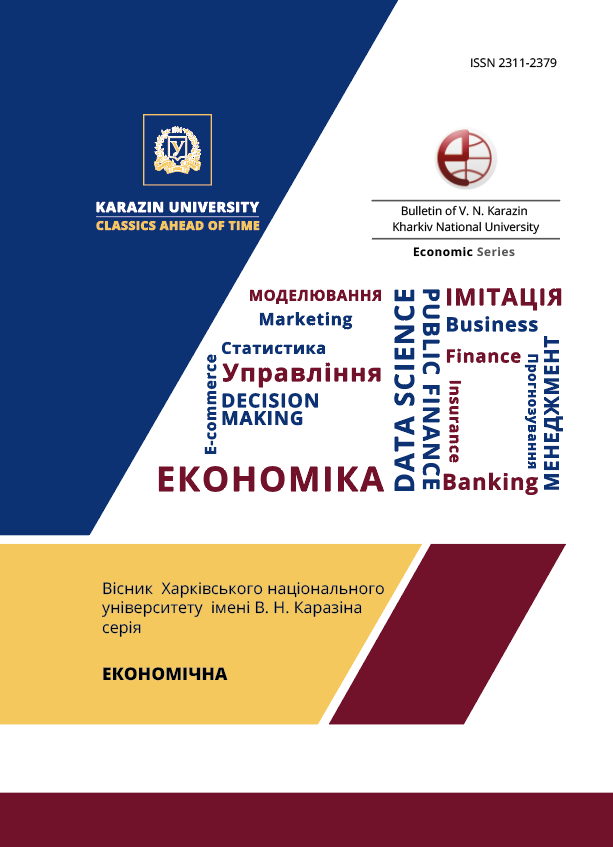Multifactor econometric models of the standard of living of the population
Abstract
The topic of the standard of living is one of the most relevant in the modern world, because everyone strives for development, improvement and comfort at different social levels, starting from ordinary workers and ending with the presidents of countries. Every country strives to create the highest quality conditions for a better life for its population. But the question arises as to which factors contribute to a better quality of life. Therefore, in the modern world, leading countries and countries with developed economies are trying to research in more detail and develop effective strategies for the development of people's well-being. This work covers the topic of happiness, well-being and the modern perception of the standard of living of the population. The problems of perception of these parameters and their assessment are considered. Socio-economic models were obtained, which are mathematical models of the dependence of the level of happiness on the set of available factors. Based on the data of the global rating of the happiness level of the countries The World Happiness Report, socio-economic models of the quality of life of the population were built and studied using the method of regression analysis of multifactor models, also such methods of building a multifactor model as the method of stepwise inclusion of factors, the method of stepwise exclusion of factors were additionally used and the ridge regression method. According to the results of the constructed models, the structure of the factors in the model and the level of their influence on the explained variable were investigated. The most important indicators, which have the highest frequency in explaining the dependent variable, are highlighted. The dependent variable in the function of the regression model is the happiness rating of the countries, the independent variables affecting this indicator are the following factors: GDP per capita, healthy life expectancy, social support, freedom to make life choices, generosity and perception of corruption. The main stages of the research will be carried out in a special package of Statistica application programs, additional auxiliary calculations will also be performed in Microsoft Excel.
Downloads
References
World Happiness Report. (2022). Website. Retrieved from https://worldhappiness.report/
Wikipedia. (2019). Standard of living. Website. Retrieved from https://uk.wikipedia.org/wiki/
The Economist Newspaper. (2005). The Economist Intelligence Unit’s quality-of-life index. Retrieved from https://www.economist.com/media/pdf/quality_of_life.pdf
UNDP (United Nations Development Programme). (2020). Human Development Report 2020: The Next Frontier: Human Development and the Anthropocene. New York.
The New Economics Foundation. (2022). The Happy Planet Index. Retrieved from https://happyplanetindex.org/learn-about-the-happy-planet-index
The Economist Newspaper. (2022). The Big Mac index. Retrieved from https://www.economist.com/big-mac-index
The Happiness Research Institute. (2022). Happiness research. Retrieved from https://www.happinessresearchinstitute.com/
Helliwell, John F., Richard Layard, Jeffrey Sachs, and Jan-Emmanuel De Neve. World Happiness Report 2021. (2021). Statistical Appendix 1 for Chapter 2. New York: Sustainable Development Solutions Network.

